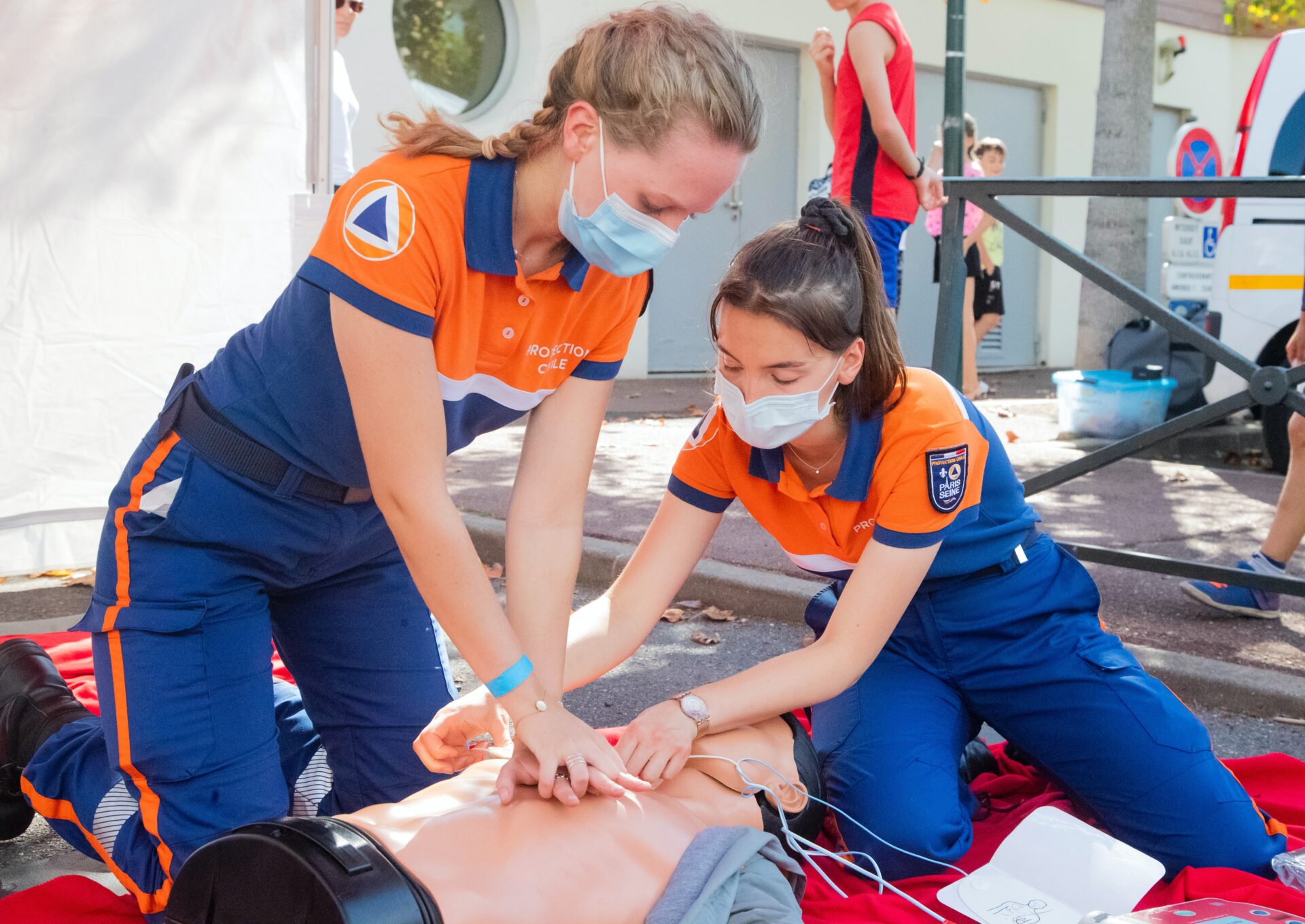- This article emphasizes the importance of respiratory health and presents simple exercises to enhance it.
- It recommends cardiovascular and resistance exercises for improving lung function and muscle strength.
- Breathing techniques like diaphragmatic breathing and pursed lip breathing are suggested for deeper, controlled respiration.
- The piece also highlights deep breathing meditation for respiratory health and stress reduction.
For many people, breathing comes naturally and requires no effort. However, with the increasing levels of pollution and stress in our environment, the importance of respiratory health has become more apparent than ever. Breathing correctly and with ease is essential to maintaining a healthy body. Fortunately, you don’t need to be a fitness enthusiast to improve your breathing. Here are a few simple exercises that could help to boost your respiratory health.
Cardiovascular Exercises
Cardiovascular exercises are crucial for respiratory health. They can help to improve lung function by increasing the amount of oxygen the body can use during physical activities. There are many types of cardiovascular exercises you can try out. Here are three examples:
Brisk Walks
A brisk walk for 30 minutes daily can help to improve the efficiency of your lungs. It is a low-impact exercise that can be done without any equipment, making it an ideal option for people of all ages and fitness levels.
Swimming
Swimming is another excellent cardiovascular exercise as it involves controlled breathing techniques along with physical activity. It can help to strengthen the muscles used for breathing while increasing lung capacity.
Cycling

Cycling is a great option for individuals who prefer outdoor activities. Regular cycling helps to improve cardiovascular health and respiratory function by increasing heart rate, improving blood flow, and boosting oxygen levels in the body.
If you’re having a hard time doing these cardiovascular exercises due to respiratory problems, make sure you see an ENT specialist near you so you can get the proper treatment immediately. For example, if you live in Singapore, you can go to an ENT specialist in Mount Elizabeth Novena. This way, you can get a proper diagnosis and treatment plan that suits your specific needs. This will ensure that you can safely and effectively carry out these exercises to improve your respiratory health.
Resistance Exercises
Resistance exercises increase the strength of the muscles surrounding the lungs and improve overall breathing capacity. There are many types of resistance exercises, but here are two examples that you can try out at home:
Lunges
Lunges are a great way to strengthen the muscles in your legs and improve respiratory function. To do lunges, stand with your feet shoulder-width apart and take a step forward with one foot. Lower your body until your thigh is parallel to the ground, then push back up to the starting position. Repeat on the other side.
Planks
Planks are a full-body workout that can help to strengthen your core and improve your breathing. To do a plank, get into a push-up position. Your elbows should be bent and resting on the ground. Hold the position for 30 seconds, then rest for 10 seconds before repeating. As you get stronger, increase the duration of each plank.
Resistance exercises are vital for maintaining strong respiratory muscles, which in turn can improve breathing and overall lung function. It’s essential to consult a doctor before starting any exercise routine, especially if you have pre-existing respiratory conditions.
Diaphragmatic Breathing
Diaphragmatic breathing, or belly breathing, is a breathing technique that encourages deeper breathing, making it a great exercise to improve respiratory health. To do this exercise, lie down on your back with your knees bent and your feet on the floor. Place your hands on your belly and take deep breaths in through your nose, ensuring your stomach expands as you inhale and contracts as you exhale. Repeat for several minutes daily to improve your diaphragm’s strength. Diaphragmatic breathing can also help reduce stress and anxiety, activating the body’s relaxation response.
Pursed Lip Breathing
Pursed lip breathing is another exercise that aims to improve lung function by regulating and controlling the breathing pattern. To start with this technique, you must inhale slowly through the nose and exhale slowly through pursed lips. This exercise helps to keep airways open longer and prevent the lungs from collapsing, ensuring that the lungs are empty before inhaling again. Pursed lip breathing benefits individuals with chronic lung conditions like asthma, COPD, or emphysema.
Deep Breathing Meditation

Deep breathing meditation is a great way to improve respiratory health while reducing stress and anxiety levels. Find a quiet and comfortable place to sit and take deep, slow breaths, focusing on the sensation of air entering and exiting your body. This exercise helps to calm the mind, improve concentration, and boost overall well-being.
Incorporating these exercises into your daily routine can significantly enhance your respiratory health and overall well-being. While these activities are simple and require no special equipment, the impact they can have on your health is immense.
By following a consistent routine, staying hydrated, and maintaining good posture, you can support your body’s respiratory function and enjoy the benefits of better health. Remember, your health is your wealth, so prioritize it and enjoy a full, active lifestyle.











